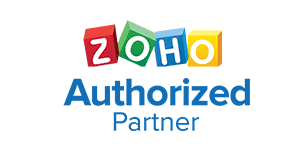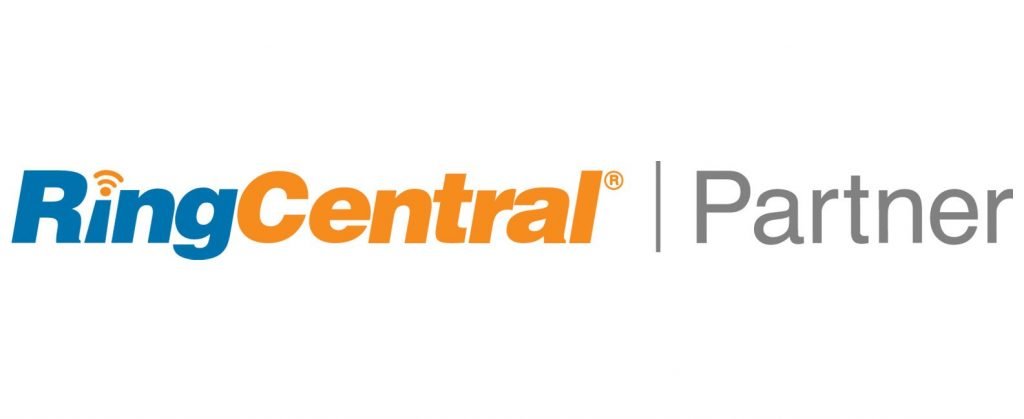There are a couple of people that receive far less gratitude for their input in changing the world. Notable among them are the early humans, through whom we got to know what plants are edible and the ones that aren’t. They paid the ultimate price – perhaps some died – so we could know the difference between carrots and poisonous hemlock.
Another set of people that also deserves a place in the revolutionary hall of fame is the geeks that invented no-coding platforms like Elementor.
Before now, getting a website that does what you need it to do used to be a struggle. Either the developer couldn’t deliver what you have in mind exactly, or you’re faced with the unfortunate reality that your budget and your vision are incompatible.
Another set of people that also deserves a place in the revolutionary hall of fame is the geeks that invented no-coding platforms like Elementor.
Before now, getting a website that does what you need it to do used to be a struggle. Either the developer couldn’t deliver what you have in mind exactly, or you’re faced with the unfortunate reality that your budget and your vision are incompatible.




